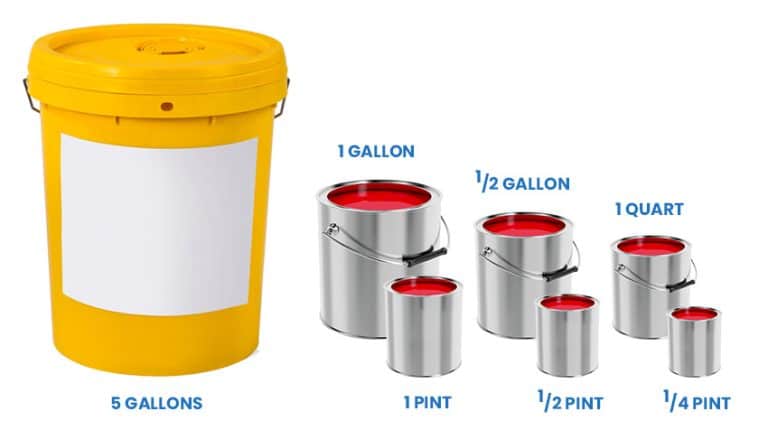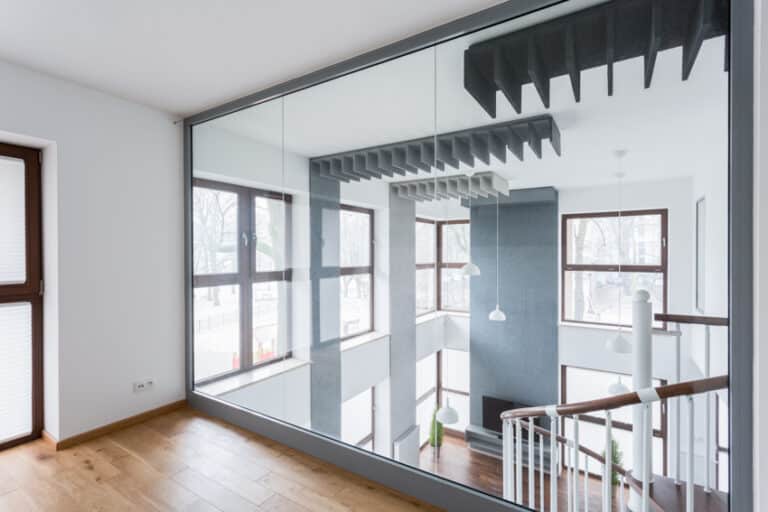4 Clever Ways To Fix Scratched Wood Floor

If you own a home with hardwood floors, the surface is bound to be scratched at some point. There are several ways to fix a scratched wood floor. The methods are wiping the scratch away, concealing it with a wood-stain marker, sanding and filing the area with wax, or sanding and sealing with filler. Below are the best ways to fix a scratched wood floor and get it back to looking as good as new.
Concealing shallow scratches with a wood staining marker
1. Wiping the scratched area – use a soft rag that is damped with water and then gently clean the hardwood floor’s surface to remove any excess debris or dirt.
2. Dampening a rag using a wood stain marker – a marker matching the color of the hardwood floor is used then you will have to fold a clean rag or a paper towel in squares so that the material will have a few layers. Next, shake the stain marker prior to opening it and then dab the marker’s point into the corner of the cloth. Dab the marker about 10-15 times so that the cloth can be dampened effectively with the stain.
3. Rubbing the stain into the scratch – lightly press the cloth onto the surface while having focus on the scratched area then rub the stain into the scratch while making certain that you follow the wood’s grain.
Fixing superficial scratches
1. Cleaning the scratched area – a soft rag like a microfiber with a small amount of hardwood floor cleaner is used in removing the contaminants from the scratched area.
2. Rinsing off the cleaner – dampen another rag with water after you clean the scratched area on the floor then wipe down the scratched area for removing the cleanser. Let it dry.
3. Applying a top coating – a small tipped brush is used in applying a thin layer of protective finish to the scratched area. This can be in the form of sealant, shellac, or polyurethane varnish.
Another repair method to fix light scratches:
According to TwentyandOak Flooring, light scratches in wood floors can often be repaired at home without refinishing the entire surface. They recommend gently rubbing fine-grade steel wool along the grain over scratches to lightly abrade the damaged area.
If the scratches remain visible, using a wood-floor marker matched to the existing stain color can effectively disguise flaws after testing. A paste of walnut meal and olive oil for light floors helps fill scratches through gentle agitation with steel wool.
For more severe scratches, applying stain to penetrate the exposed surfaces before immediately wiping clean may be beneficial. With some simple products and techniques, minor scratches can become almost invisible.
Fixing shallow scratches with a wax stick
1. Cleaning the scratched area – a soft rag with small amount of hardwood floor cleaner is used in cleaning the floor’s scratched area to remove the small dirt or dust particles.
2. Rinsing the scratched area – you will be wiping down the scratched area using a damp rag that is moistened with water to remove the cleanser as well as sanitize the workspace.
3. Sanding the scratch – do a gentle rub over the scratch using a fine steel wool while making sure to rub following the wood’s grain. Lightly sand away the scratch up to the time that it blends with the surrounding surfaces then lightly sand the edges of the scratch for uniformity.
4. Filling in the scratch – rub a wax stick onto the scratched and sanded area for filling in the scratch. Let the wax dry and harden for a minimum of ten minutes.
5. Buffing the scratch – a clean, soft cloth is used to rub back and forth and to buff the wax to make the scratched area smooth.
Fixing deep scratches and gouges
1. Cleaning the scratched area – use a soft rag dampened with small amount of hardwood floor cleaner.
2. Rinsing away the cleaner – a new rag dampened with water is used to wipe down the scratched area.
3. Rubbing mineral spirits over the scratch – polyurethane layer, if present, need to be removed prior to fixing the scratch. A scouring pad is dampened with mineral spirits then gently rubbed to the scratched area then followed with wiping using a clean cloth.
4. Filling in the scratch – a small amount of wood filler is applied to the pointer finer and let the finger work the filler into the scratch or gouge. Spread the filler in all surface directions so that air bubbles can be removed.
5. Wiping off excess filling – a putty knife is dragged over the filler to smooth the surface.
6. Sanding excess filling – a small pad of fine girt of sandpaper is used to sand the area surrounding the scratch where the excessive filler was spread.
7. Wiping away excessive filling – use a damp cloth to wring it out. The finger can be used to have precised wiping away of the excess filler.
8. Sealing the patched area – a thin layer of sealer is used and let is dry for about 24 hours.
Most superficial scratches can be fixed with a hardwood cleaner or a wax filler. Click here for popular products for wood scratch removal.
According to the company DirectWoodFlooring scratches and damage to wooden floors can significantly impact their appearance. Minor scratches may be repairable at home. However, deeper gouges likely require professional refinishing, especially for engineered wood floors, that can only be sanded one time.
To fix minor scratches on polyurethane-coated floors, lightly dampen a scouring pad with mineral spirits and gently rub the damaged area, wiping clean after.
For deeper marks, apply wood putty into the scratch, allow to harden fully, and then sand smooth. Finish by applying a fresh coat of polyurethane across the whole floor to blend. Never use wax which can damage the coating. Proper care and prompt damage repair helps retain the floors’ durability and visual appeal.
Consulting flooring specialists for major resurfacing needs can restore flawed finishes. With some basic do-it-yourself techniques and professional support when necessary, homeowners can keep floors looking pristine for years.






